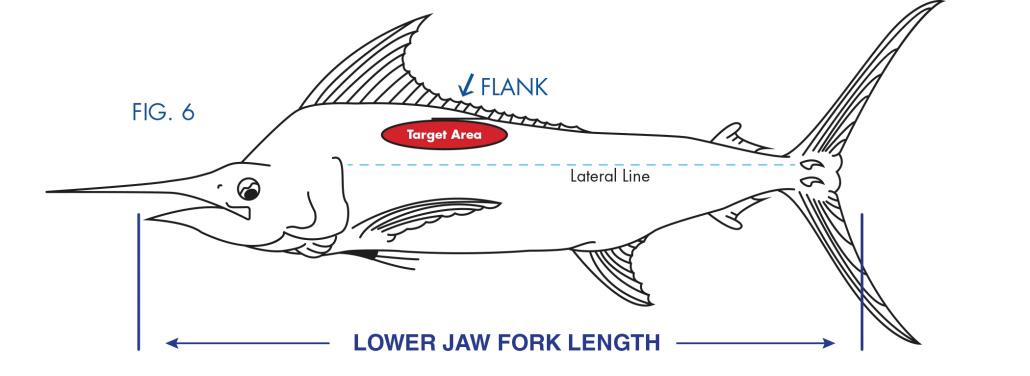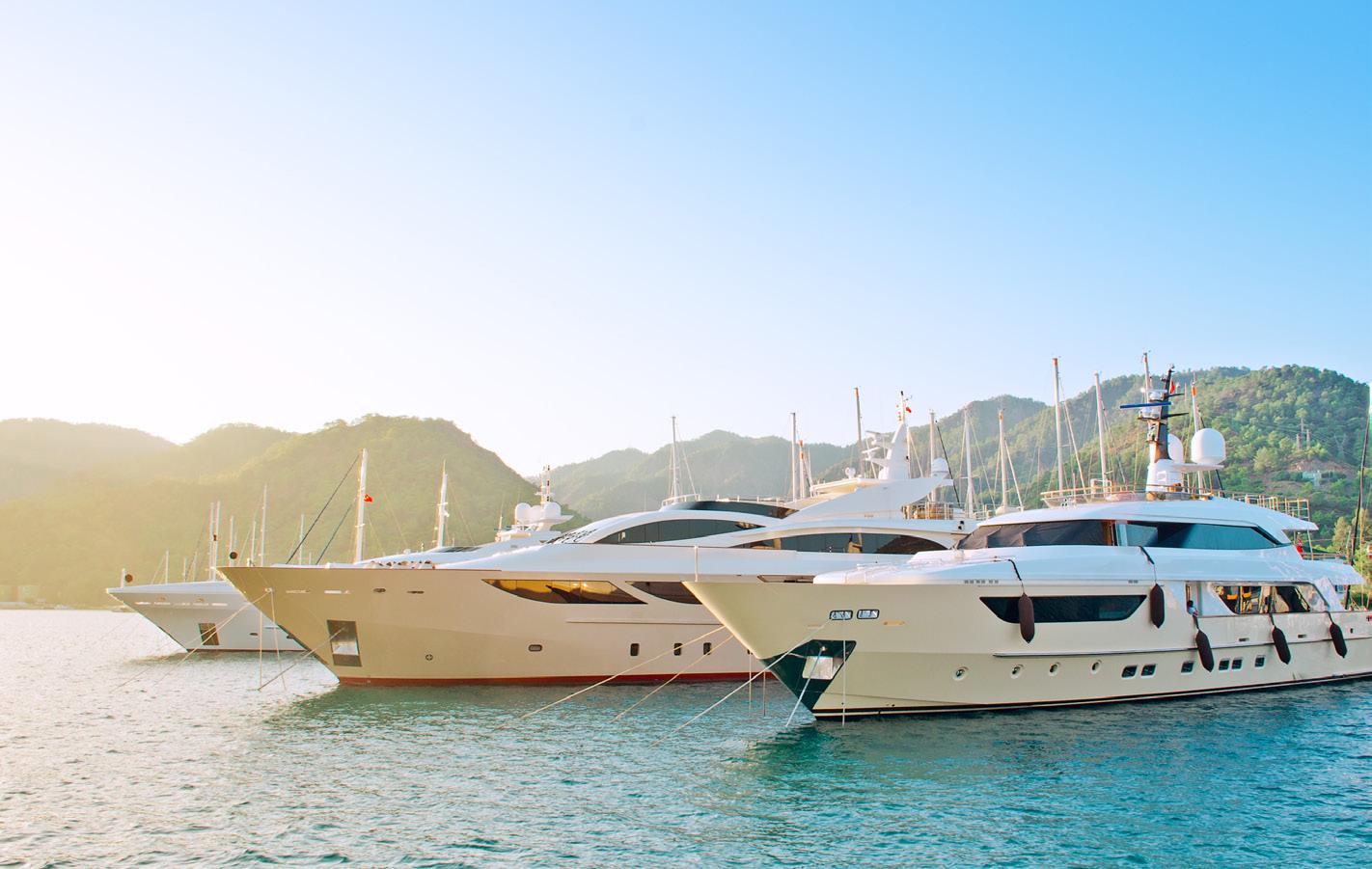
3 minute read
The Billfish Foundation – Proper Tagging Techniques..... 32
each of the world’s oceans. TBF award winners are the ‘who’s who of the billfishing world’ and are those that do not just catch and release a great number of fish, but embody and share a common conservation ethic. As captains and anglers on the water represent the first line in billfish conservation, recognition of their efforts provides a means to illustrate the direct link between catch and release fishing and marine conservation. To recognize the efforts of all of its members, TBF also provides release certificates for those that report billfish tags and releases.
PROPER TAGGING TECHNIQUES
Advertisement
AFTER THE FISH IS LEADERED: Bring the billfish alongside the boat.
Idle the boat forward and maintain this position to allow the billfish to calm down and allow for easier tagging. Never attempt to tag a jumping or thrashing fish. This can be not only dangerous for the health of the billfish but for you too!
NEVER remove the fish from the water. This can result in fatal damage to the fish for two reasons. Excess rubbing and drying can result in the loss of the protective slime coat found on the surface of the fish. Without this protective covering, the fish becomes susceptible to bacterial infections and parasites. Additionally, the skeleton of a billfish is designed for the buoyant conditions of the ocean. Removing the fish from the water, even onto the gunnel, causes the skeleton to come under the full strain of gravity, which can damage the skeleton and internal organs.
It is vitally important that the tag be placed in the proper area: in the dorsal muscle well behind the head and gill plates, above the lateral line and away from all vital organs (see Figure 1). It is not necessary to use a great deal of force to insert the tag. A firm, well-aimed stroke is best. Place the applicator against the fish’s flank and push, inserting the tag until the stopper assembly is pressed against the fish. Improper tag placement or tagging too hard can result in serious injury or death to the fish. Speed tagging often results in injury.
(800) 438-8247 • (954) 938-0150
1) Current Trends in Marine Insurance:
We are presently in a tough market for marine insurance, especially on vessels over 30 feet and over 15 years of age. South Florida is considered to be a higher risk area with theft issues, coastal hurricane exposure, a litigious environment, among other factors. Within the last few months, a couple of yacht insurance carriers have begun non-renewing policies and have pulled out of the State of Florida entirely, pushing some vessels into the surplus lines market (known as non-admitted carriers). A non-admitted carrier is less regulated by the State insurance department, not financially backed by the Florida Insurance Guarantee Association “FIGA”, and can raise and lower rates and make policy changes (at renewal---not mid-term of a policy period) more easily as the market dicatates. In general, it is better to obtain insurance with an “Admitted” carrier, but often this is not possible. Another current trend is for some insurance providers to require vessels not be kept on a lift during a hurricane. It may seem like a lift is a safe place to secure a vessel, BUT loss experience has shown that lifts are not designed to handle the torque and wind load of a powerful storm. Another issue with securing a vessel to a lift is storm surge, where the water raises up and over or into the vessel.
2) Tips on getting the lowest rate:
There are a few things that help boaters obtain the lowest rate possible. Completing a boating







